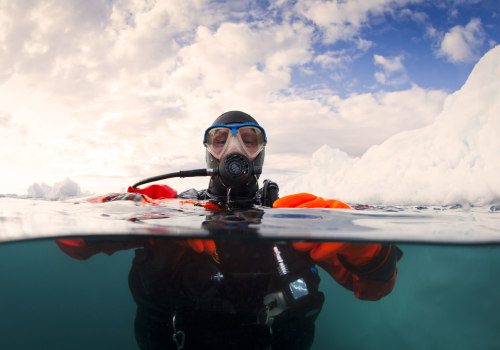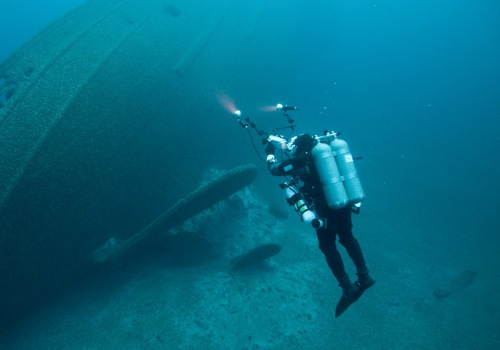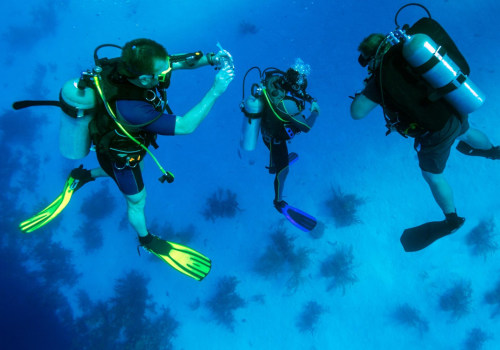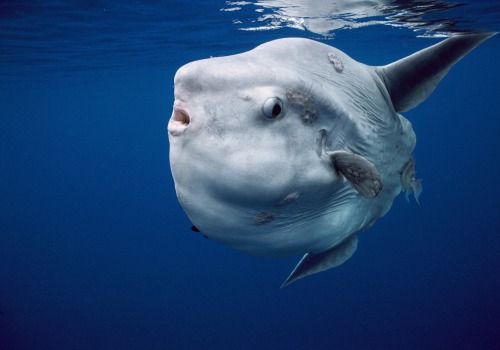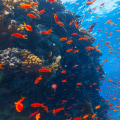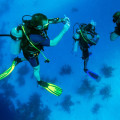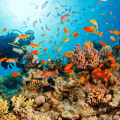When it comes to cave-diving, safety should always be the top priority. It is essential to be aware of the different types of underwater caves and the marine life that inhabits them. During your diving education, you will learn about the various species of marine life that can be found in these caves and how to interact with them responsibly. In late August, when the water is at its warmest, is a great time to explore the many cave-diving sites located throughout the UK.
Our tailor-made tours are designed to provide you with an unforgettable experience, as well as plenty of time to observe and appreciate the wildlife. Although we don't focus on reaching great depths, there are still plenty of opportunities to explore new caverns and observe some of the rarer species of marine life. One such species is the grey nurse shark, which is currently endangered. The 125-meter long cave known as 'Turtle Tomb' is home to a variety of marine fauna, including barracudas, big skunks, and round-headed parrotfish.
The waters around Pulau Sipadan are also known for their abundance of fish life, including large pollock patrolling the wreck and other fish that inhabit the surrounding area. The Eagle Nest Sink cave system located in the Chassahowitzka Wildlife Management Area near Weeki Wachee is an advanced dive site that has earned the nickname 'Lost Sink' due to its dangerous nature. Since 1989, six divers have lost their lives while exploring this cave system. When cave-diving in the UK, it is important to remember that some marine life should be left undisturbed.
This includes species such as grey nurse sharks and other endangered species. It is also important to be aware of your surroundings and take all necessary safety precautions when exploring these caves.
